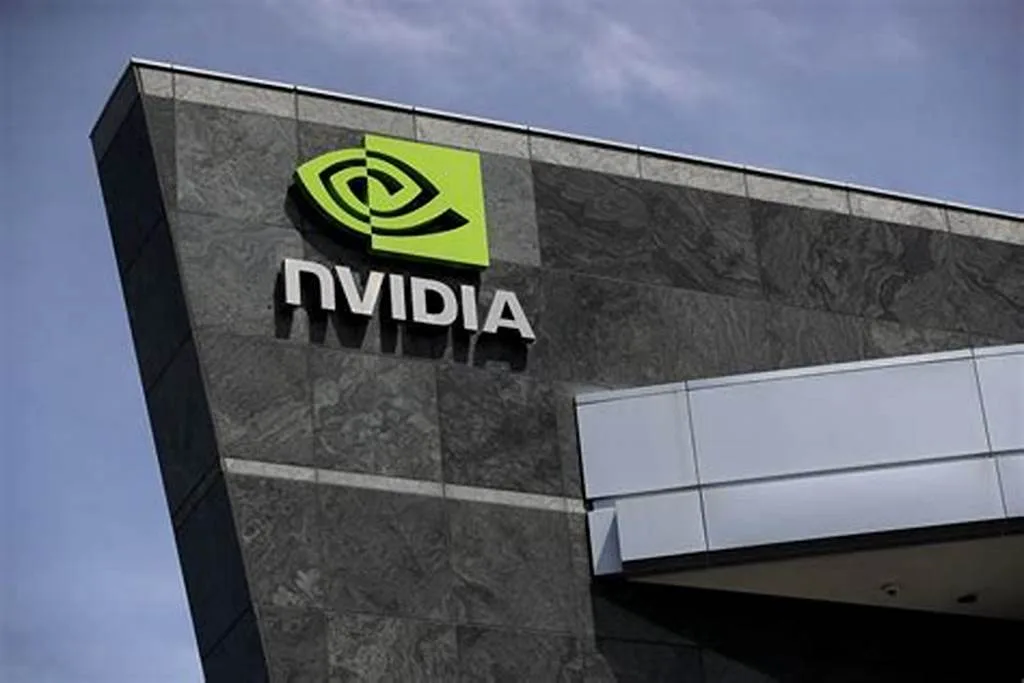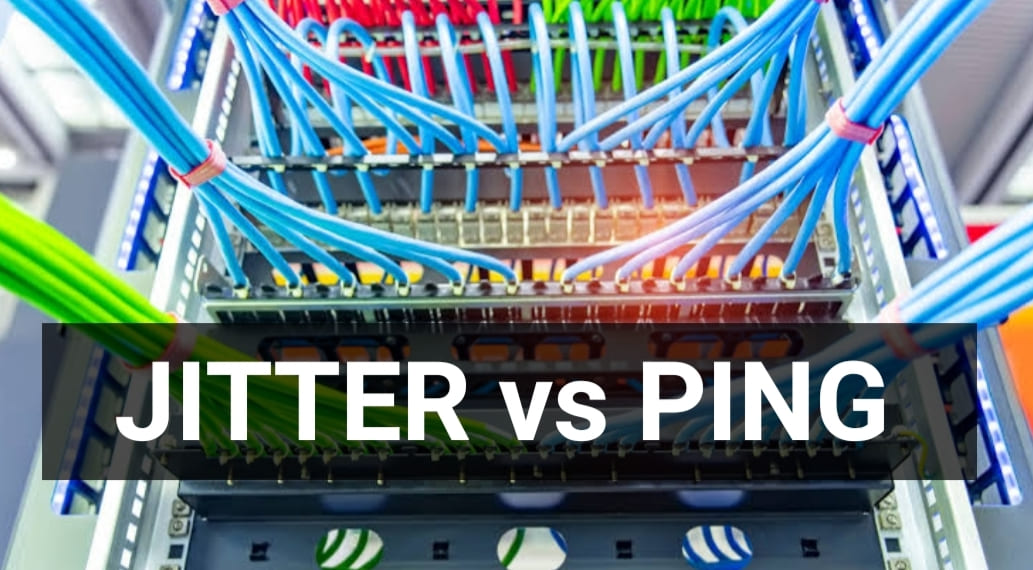Nvidia’s stellar earnings completed another headline reporting season for the so-called Magnificent 7 tech stocks, underscoring their broad market dominance amid this year’s record-setting rally.
Nvidia’s (NVDA) first-quarter earnings included a five-fold increase in total revenue, topping $26 billion, and a huge increase in net income, producing a bottom line of $15.24 billion.
Nvidia (NVDA) has surged more than 86% this year, adding more than $1 trillion to its market value, as investors look to earnings and revenue tied to its dominant position in the market for artificial intelligence-powered processors. Paying attention to. Continue resetting the forecast.
The latest version of those processors, a new GPU architecture known as Blackwell, was released earlier this spring, which uses less energy and offers more optimization flexibility than Nvidia’s current Hopper chips. Was. It promised to perform AI tasks at more than double the speed.
“Blackwell is not a chip; CEO Jensen Huang told investors during the launch event that this is the name of a platform. “Hopper is great, but we need bigger GPUs.”
A year ago, Nvidia reported earnings of $1.09 per share on revenue of $7.19 billion.
On February 21, Nvidia exceeded Wall Street’s fiscal fourth quarter targets, posting triple-digit percentage growth in sales and earnings in the third quarter.
“The world has reached the tipping point of the new computing era,” Nvidia Chief Financial Officer Colette Cress told analysts during the company’s earnings call in February. “The $1 trillion installed base of data center infrastructure is rapidly transitioning from general-purpose to accelerated computing.”
Kress said large cloud providers represented more than half of Nvidia’s data center revenue during the quarter, supporting internal workloads and external public cloud customers.
“We are pleased that the supply of Hopper Architecture products is improving,” he said. “Hopper demand remains very strong. We expect supply of our next generation products to be constrained as demand far exceeds supply.”
Fundamental analysis
NVDA delivered another surprise quarter on Feb. 21 with revenue of $1.5 billion, beating consensus estimates. Positive EPS surprises from the company have also been widespread. Revenue increased 265% year over year and non-GAAP EPS increased from $0.88 to $5.16. The improvement in the EPS profile was largely achieved due to operating leverage as NVIDIA’s profitability ratios showed strong improvement as shown below.
The company continues to leverage its dominance in the GPU sector, where NVDA has 80% market share. Demand for GPUs is still strong as software companies continue their artificial intelligence (“AI”) battles. For example, a few weeks ago, Meta Platform, Inc. (META) introduced its LAMA 3 large language model (“LLM”). The model was trained on Nvidia’s H100 Tensor Core GPU.
In fact, HSBC analyst Frank Lee cited the group’s ability to leverage pricing power through the new GB200 platform as he raised his price target on Nvidia by $300 to $1,350 per share.
Another big positive sign is that Nvidia not only provides the hardware for Meta’s LLM, but also provides a comprehensive solution that also includes software and libraries. The fact that Nvidia partners with giants like Meta as an ecosystem, and not just as a hardware provider, makes Meta’s switching costs much higher and provides a moat to NVDA.
However, Nvidia is not only targeting LLM, but also has a solid presence in the domain called “real world AI”. Latest Tesla, Inc. (TSLA) During the earnings call, Elon Musk shared insights that look very beneficial for NVDA. He said his company plans to become the third-largest Nvidia customer because its AI initiatives such as autonomous driving (“FSD”) and robotaxi require a lot of computing capacity.
Tesla could eventually deploy 85,000 Nvidia H100 chips by the end of 2024 to train its AI models. This approval by the world’s largest EV company and most technologically advanced automotive manufacturer is a clear indication of Nvidia’s dominance from a technological perspective.





